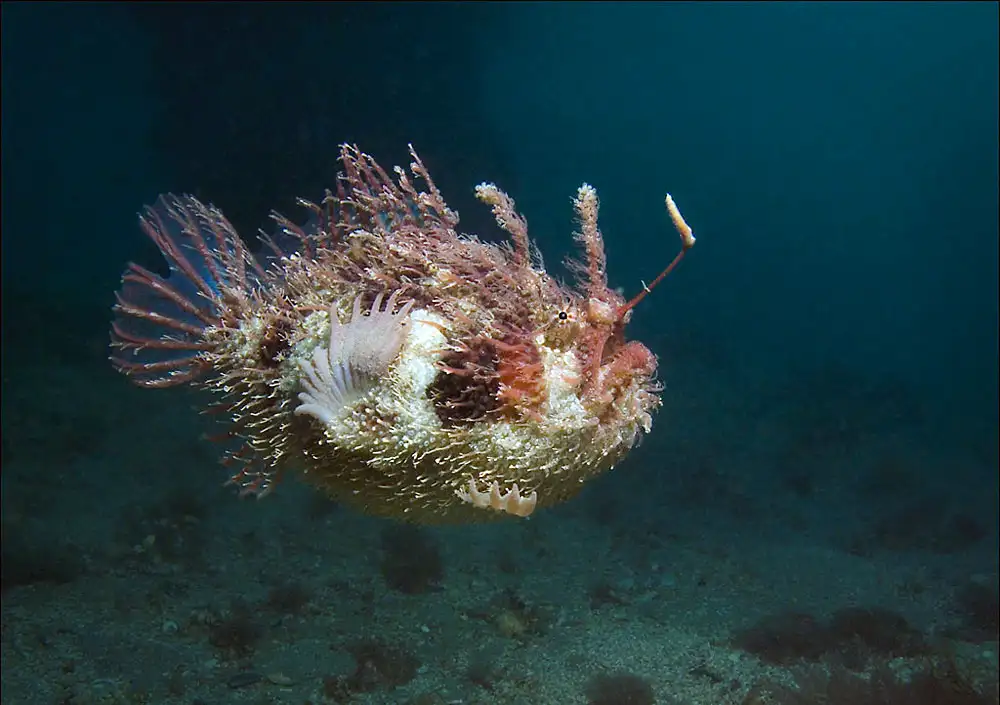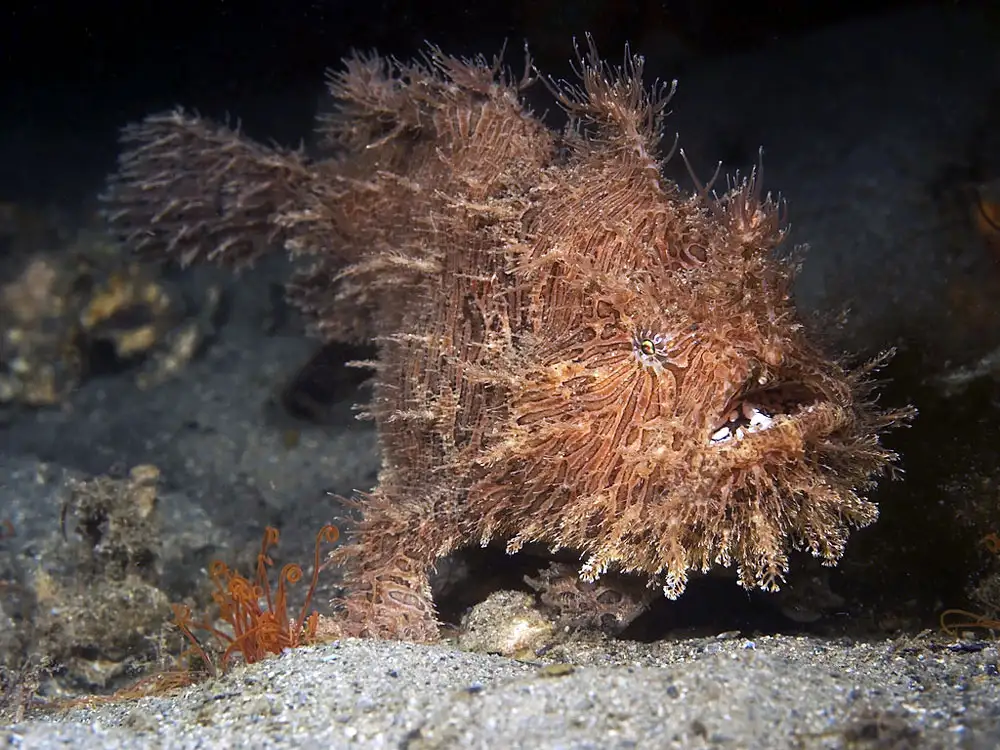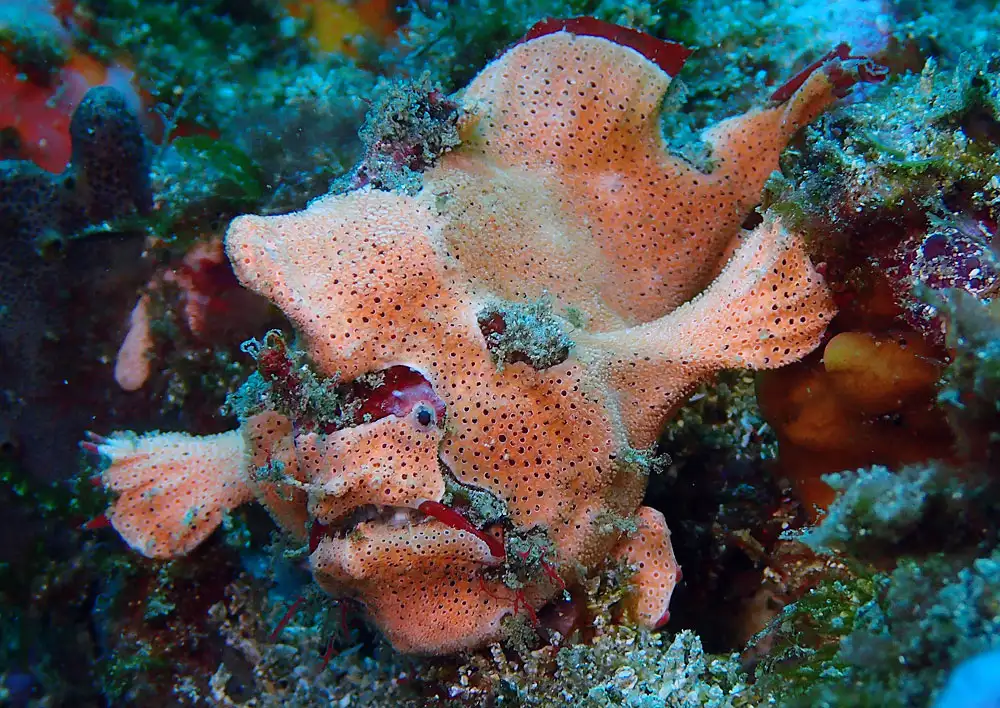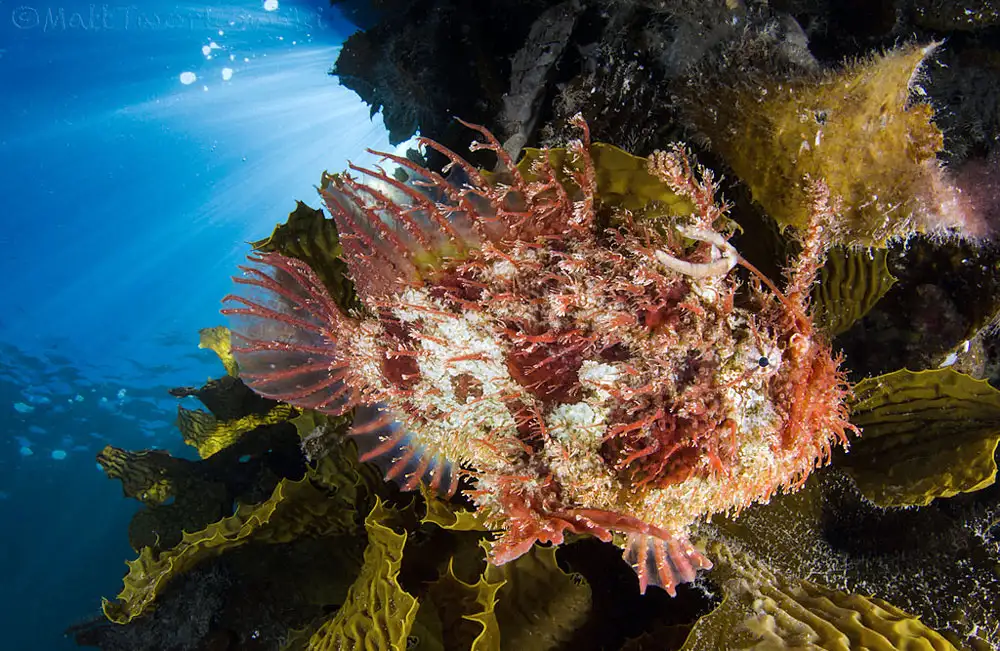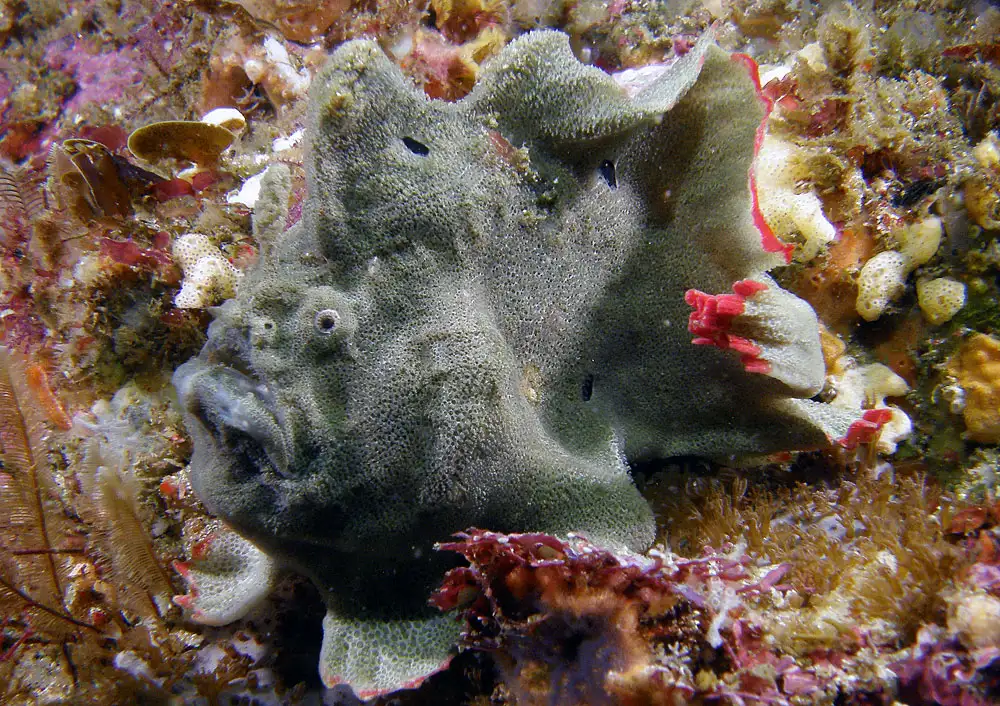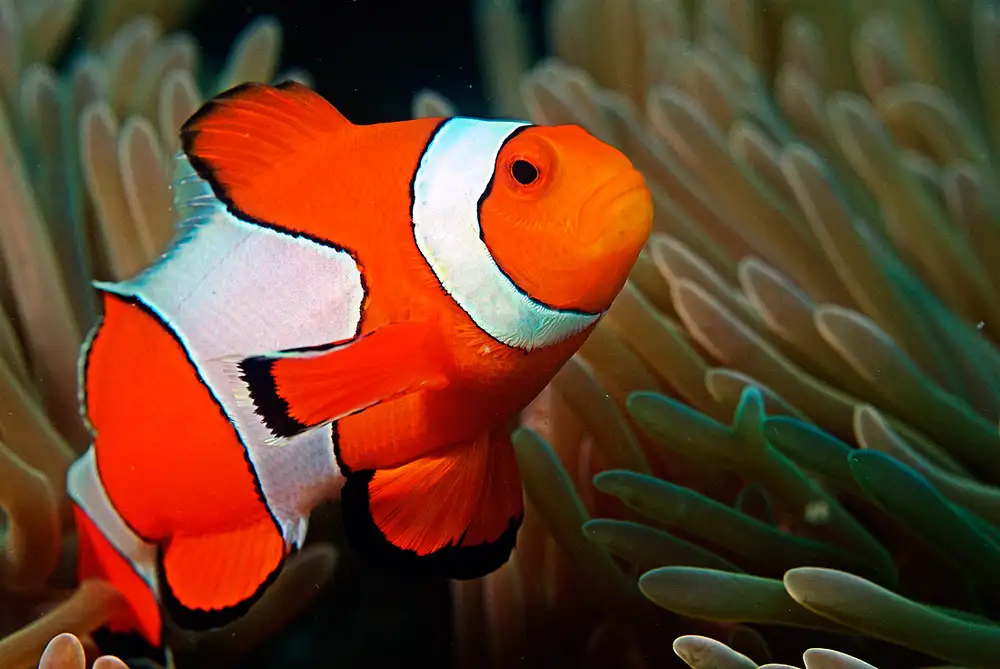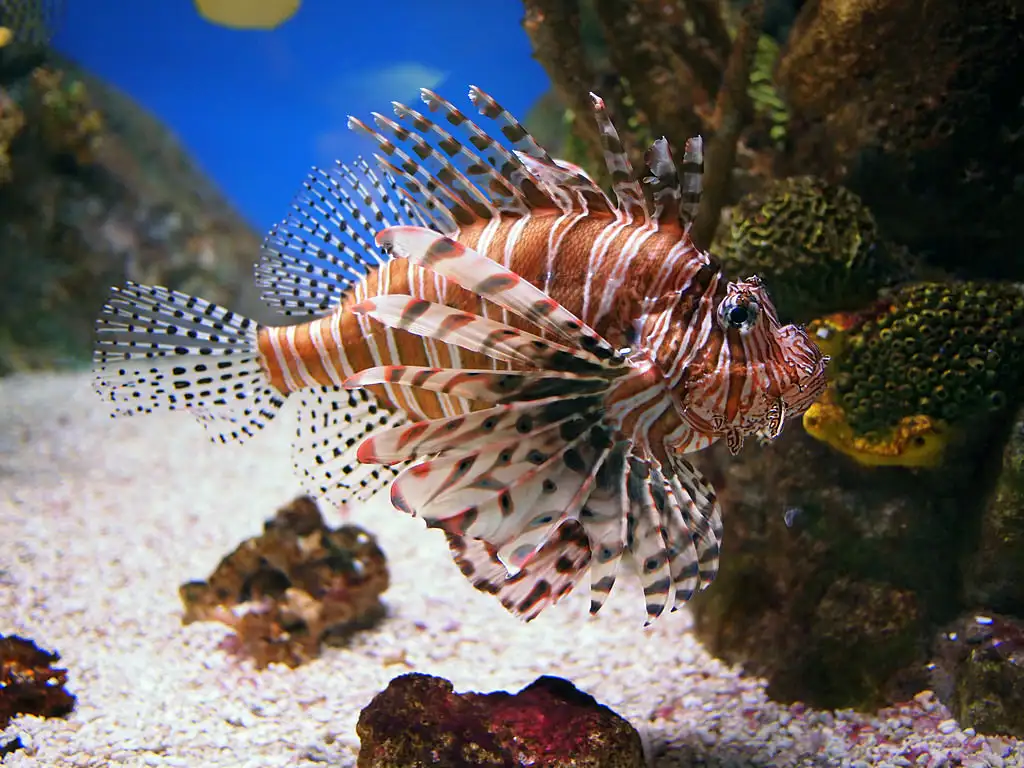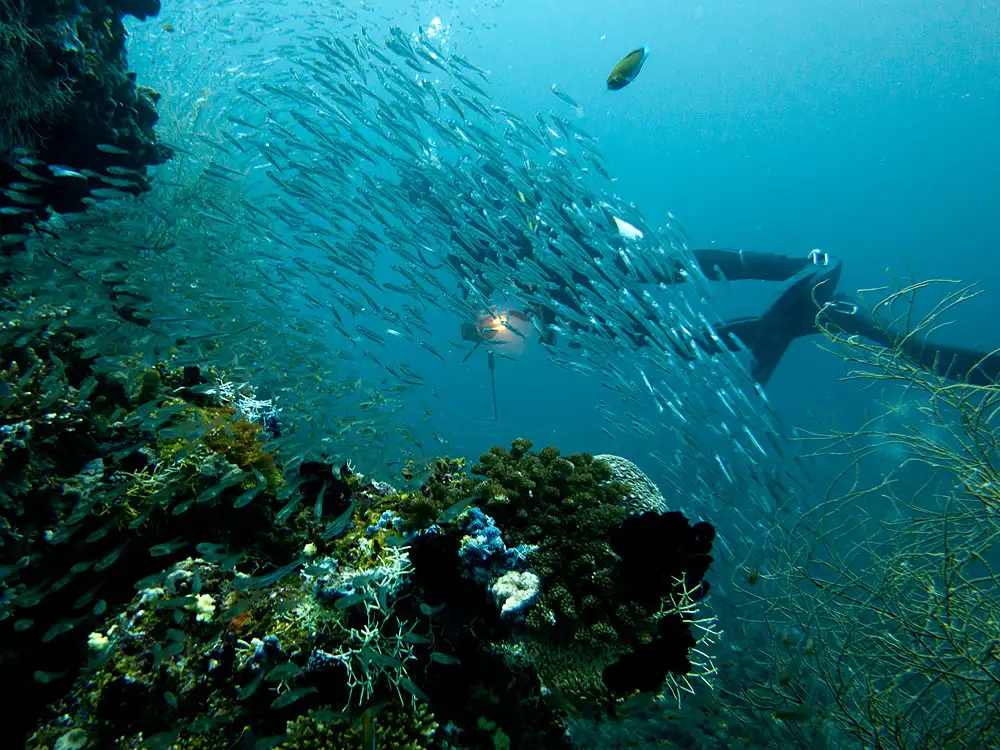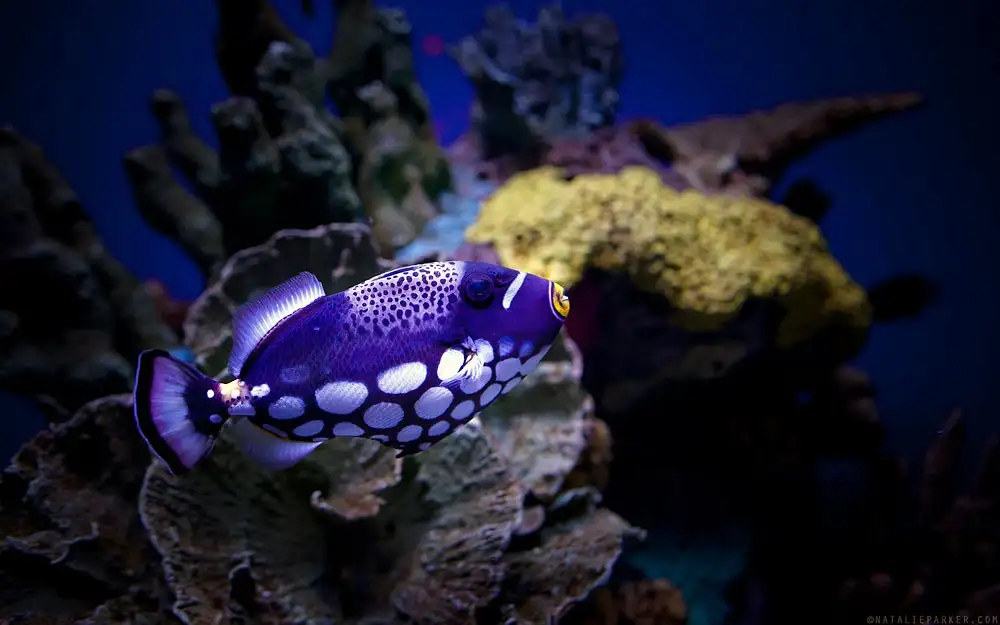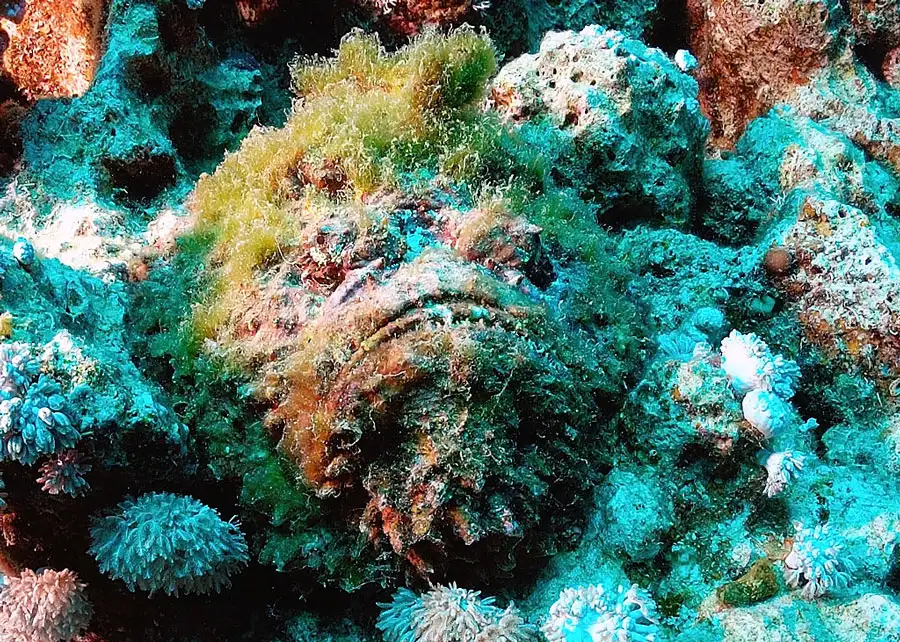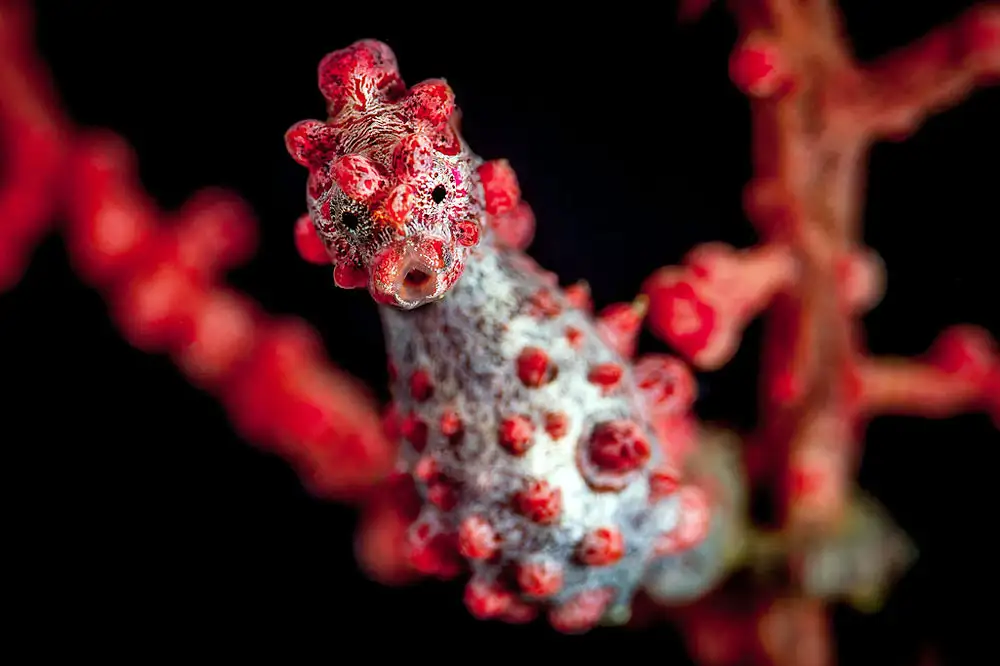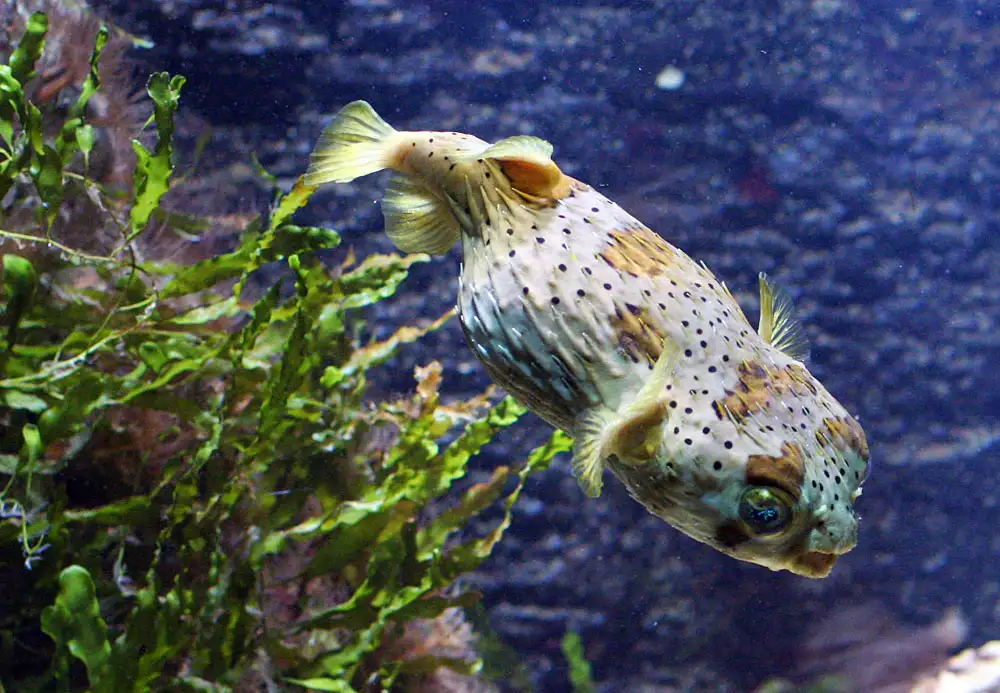Yellow Goosefish / Japanese Anglerfish
IUCN
LCBasic Information
Scientific classification
- name:Yellow Goosefish / Japanese Anglerfish
- Scientific Name:Lophius litulon
- Outline:Small fish
- Family:Lophiidae Lophius
Vital signs
- length:Typically 50–80 cm; max ~100–120 cm
- Weight:Several kilograms in large adults
- lifetime:Approx. 10–15 years
Feature
Ambush predator; illicium+esca; huge gape suction; gelatinous egg veil; robust pectorals for propping/walking.
Distribution and Habitat
NW Pacific sandy‑mud shelves/slopes off Japan, Korea, China and Taiwan; ~20–300 m.
Appearance
Broad depressed head; yellow‑brown camouflage; recurved teeth; fleshy lobes; stout pectorals.
Details
Lophius litulon—the yellow goosefish (Japanese anglerfish)—is a large demersal predator in theNW Pacific (family Lophiidae). The first dorsal spine forms an illicium with an esca used to lure prey, which are engulfed by a rapid suction strike.
Ecology & Biology
Diet: small–medium demersal fishes, cephalopods and crustaceans.
Behaviour: classic sit‑and‑wait ambush on soft bottoms; capable of short lunges.
Reproduction: females release a huge gelatinous egg veil; larvae are planktonic.
Identification
Broad, depressed head and an extremely large gape with recurved teeth.
Robust pectoral fins used for propping/walking; fleshy lobes aid camouflage.
Diagnostic illicium + esca morphology.
Size & Longevity
Length: typically 50–80 cm, maximum ~100–120 cm.
Weight: large adults reach several kilograms.
Life: about 10–15 years.
Range & Habitat
Japan, Korean Peninsula, Chinese seas (Bohai–Yellow–East China) and Taiwan; sandy‑mud continental shelves/slopes at ~20–300 m or deeper.
Fisheries & Conservation
Fisheries: commercially important (trawls/longlines/gillnets); flesh and liver (ankimo) valued.
Management: regional stock measures recommended—limit trawling, reduce juvenile bycatch, protect spawning grounds.
IUCN: Least Concern (LC) (check latest assessment).
FAQ
Q1. How to tell from other Lophius? L. litulon tends to be yellow‑brown with robust pectorals; confirm with range and lure details.
Q2. Do they chase prey? Mostly ambush, with rapid short lunges.
Q3. What is the egg veil? A giant gelatinous sheet of eggs released by females that drifts pelagically.
Q4. Any food‑safety notes? Follow local guidance; raw products may carry parasite risk; viscera require careful handling.

